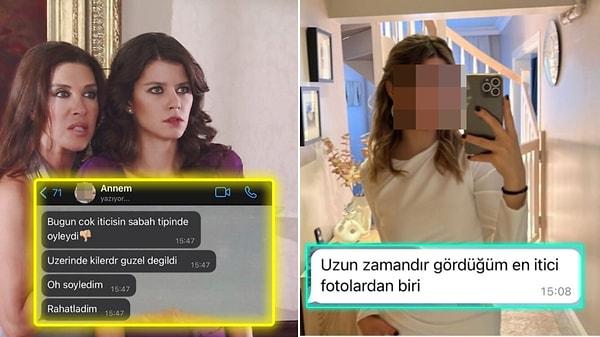We learn it by an editorial by Hollywood Reporter, the US copyright authority considers a work created with the help of an AI to be copyrightable “under certain conditions”. Indeed, the texts are clear: only works “produced by human creation” are eligible for copyright. But there are nuances…
Because, specifies the office, from the moment when a work produced by the AI was then ” modified or rearranged by human action, it is a creation protected by copyright. It is indeed on this basis that the first American comics, Zarya of the Dawn, made up of images from an AI, received its approval. But, specifies the agency, if the rearrangement is a work of the mind, the images generated by the AI, as for them, are not protectable. Hello muddle!
- Marion Montaigne and Jean-Noël Lafargue had made a comic strip on the subject of AI at Lombard editions, without the intervention of an AI!
The US Copyright Office has also decided to launch for this first semester a consultation with creators to reflect on the question.. Because it is not easy.
Who takes the photo?
The parallel is made with the photo, an argument that appeared during a trial in the Court of Appeal: in a photo, or in a film, the image is the fact of objects which are printed on a support where no not intervene a human creation. But what can be protected is the photographer’s “look”, capable of capturing a moment, a light, an atmosphere, an arrangement which is original and therefore protected. Thus, a photo that would have been taken by a monkey, according to this Appeals Chamber, would not be protectable because it would not be the work of a human. This is the case for work that would have been carried out by an AI without the intervention of any person.

- Medhi Ravine, the first Frenchman to have published a comic entirely designed in AI: “Le Voyage à Ravine”
- Photo: Kelian Nguyen
It remains to be seen what the level of human intervention is. Is the simple use itself of an AI not in itself a work susceptible of protection? Some lawyers argue that in this case, only the active part of the human in creation is protectable, not the rest. The artist must then justify to the legal authority how his intervention has modified or rearranged the work produced.
Now, this operation can be done outside the object itself: let us remember the lesson administered by Marcel Duchamp who had named one of his Ready-Madean overturned porcelain urinal: “ Fontaine », thus leaving a trace in the history of art.
The Brancusi trial has again brought, if we may say so, grist to the mill of this “fountain”: the refusal of the American authorities, in 1927, to let the sculptor and his work enter The Bird in Space on the territory of the United States without paying the tax required for imported goods, by denying it the status of a work of art, was the subject of an administrative lawsuit won by the artist. The comic strip ofArnaud Nebbache, Brancusi vs USA (Dargaud) came to beautifully illustrate this anecdote without the contribution of an AI.
Hence the nuance provided by the jurists. By the way, was Chat-GPT part of the team that wrote their conclusions?

- “Brancusi against the United States” by Arnaud Nebbache (Dargaud)
This article remains the property of its author and may not be reproduced without his permission.


